The types of fungi and their characteristic species
Fungi can be classified into various types: yeasts, molds, mushrooms, truffles, dermatophytes and lichens.
Fungi belong to the kingdom fungi either Eumycota. They are heterotrophic eukaryotic organisms that absorb their food from the external environment.
It is estimated that there are more than one million species of fungi on planet Earth and they are an important part of the terrestrial biome. Here we present the different types of fungi known.
yeasts
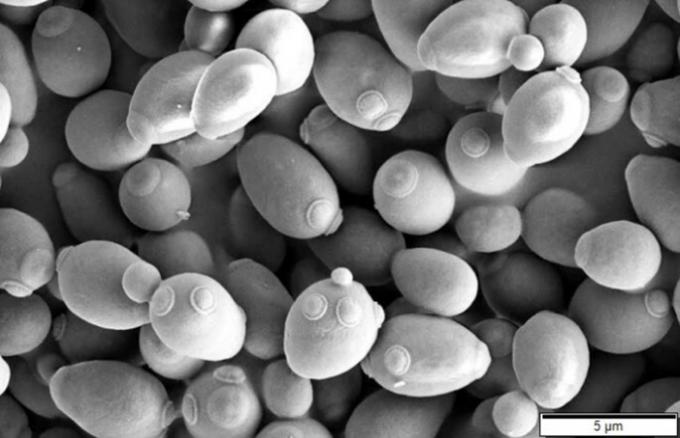
Yeasts are frequently unicellular and microscopic. There are more than 500 discovered species of yeasts in nature.
Yeasts usually reproduce by fission or budding. This type of reproduction is asexual, producing a daughter cell with the same genetic material as the mother cell.
A species of yeast of great economic importance is the Saccharomyces cerevisiae, used since ancient times for the production of bread, beer and wine. There are also pathogens among yeasts, such as Candida albicans, pathogen that causes candidiasis in humans.
Some human pathogenic fungi, such as Hystoplasma capsulatum and the Blastomyces dermatitidis, appear as yeasts in human tissue, while they are filamentous in laboratory cultures.
molds
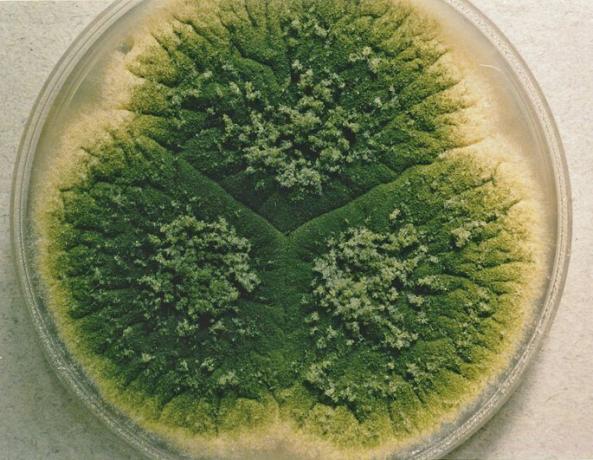
Molds are very common fungi, distributed throughout the world. Its body is characterized by forming tube-shaped threads or filaments, which is known as mycelium. They reproduce through spores, which are easily spread through the air.
They are of great interest, both for their benefits and for the problems they cause. Blue cheeses owe their color and flavor to different species of the genus Penicillium, For example, him Q. roqueforti in Roquefort cheese.
Drugs that have been a great advance for medicine are obtained from many molds. Such is the case of Penicillium chrysogenum, the fungus that produces penicillin, and the aspergillus terreus, which produces lovastatin (a cholesterol-lowering drug).
Molds are also responsible for great loss of food, such as mold in bread and fruits.
mushrooms
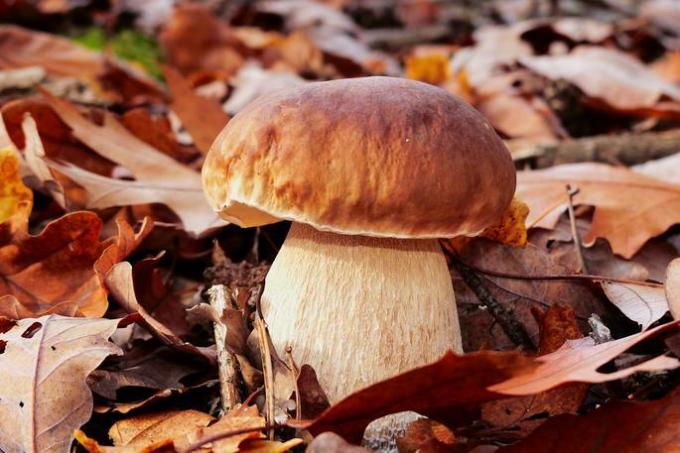
The term "mushroom" is popularly applied to the fruiting bodies of fungi of the subphylum Agaricomycotina, in the phylum Basidiomycota. The fruiting body of the mushrooms is characterized by presenting a foot or thallus and a hat or umbrella. These develop from a mycelium that spreads in the soil. These bodies are built by hyphae.
Many mushrooms form associations with the roots of trees. This association is known as mycorrhiza. For example, him Boletus edulis forms mycorrhizae with conifers.
edible mushrooms
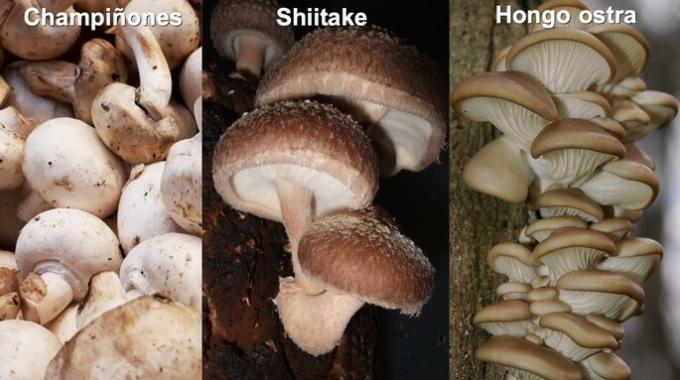
Within the mushrooms we find some species that can be cultivated under specific conditions. This facilitates its marketing and distribution. The most famous are mushrooms (Agaricus brunnescens), shiitake (Lentinula eodes) and oyster mushroom (Pleorotus ostreatus).
hallucinogenic mushrooms
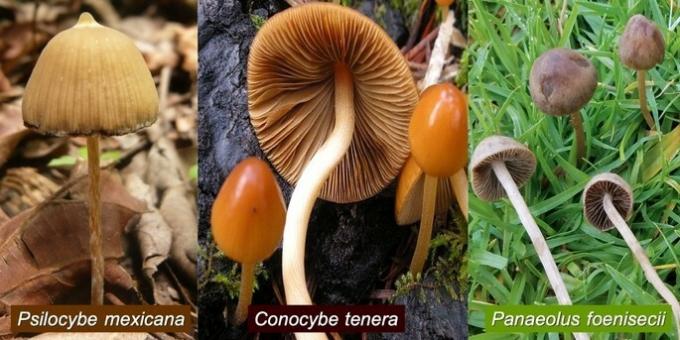
Some ancient civilizations discovered hallucinogenic properties in certain types of mushrooms, which they began to use for spiritual rituals. The most widely used species belong to the genera psilocybe, know and panaleolus. These mushrooms are also known as flying mushrooms, due to the sensation they cause when consumed.
Hallucinogenic mushrooms produce their effects by the active principles psilocybin and psilocin, derived alkaloids related to the neurotransmitter serotonin.
Poisonous fungi

Many of the mushrooms that grow wild in forests have harmful effects when eaten. Amanita phalloides and galerina marginata They have toxins called amanitins that in very small doses are lethal.
Correct identification of edible wild mushrooms is extremely important. For example, the Morchellaesculenta (edible mushroom) can easily be confused with the Gyromitra esculenta, responsible for 2 to 4% of fatal mushroom poisonings.
truffles

Truffles belong to the Tuberaceae family, a family of fungi where the fruiting body is hypogeous, that is, it grows underground. They form mycorrhizae with trees and shrubs. The smell and taste of the fruiting bodies attract animals that dig them up, so dogs and pigs are used to collect them.
The gender tuber concentrates around 100 species. Within these are truffles highly appreciated in gastronomy, such as tuber aestivum or the summer truffle and the tuber melanosporum, the black diamond.
dermatophytes
A mycosis is an infection by a fungus. Most skin mycoses are caused by dermatophytes, fungi capable of degrading keratin.
The species responsible for most cutaneous mycoses are Epidermophyton floccosum, Trichophyton rubrum and Microsporum audouinii.
lichens
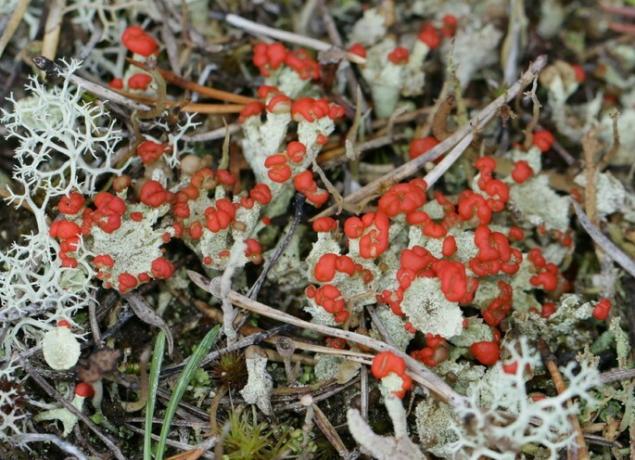
Lichens are a special type of organism, formed by the symbiosis of a fungus and an alga or cyanobacteria. The fungus provides support for the algae to grow while it photosynthesizes and supplies the fungus with carbohydrates.
Most lichens are 95% fungus (or mycobiont) and it is estimated that there are more than 25 thousand species. Among these we can mention Icmadophila ericetorum, Cladonia coccifera and the oak shell, Punctelia perrenticulata.
You may also be interested in seeing:
- fungi and bacteria
- kingdoms of nature
- eukaryotic cell and prokaryotic cell
- Play types
References
Cepero, M.C. et al. (2012) Biology of fungi. University of the Andes. Uniande Editions. Bogota
Kendrick, B. (2017) The Fifth Kingdom. An Introduction to Mycology 4 ed. Hackett Publishing Co. USA.


